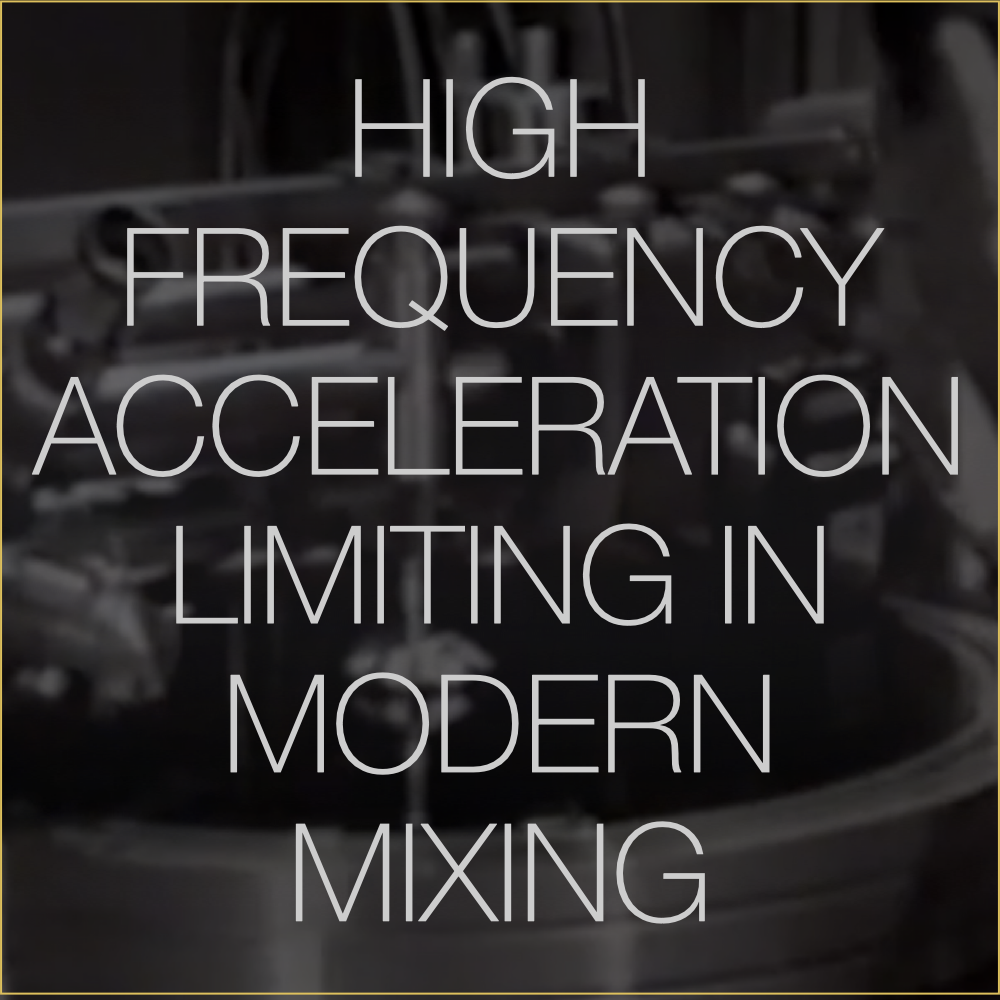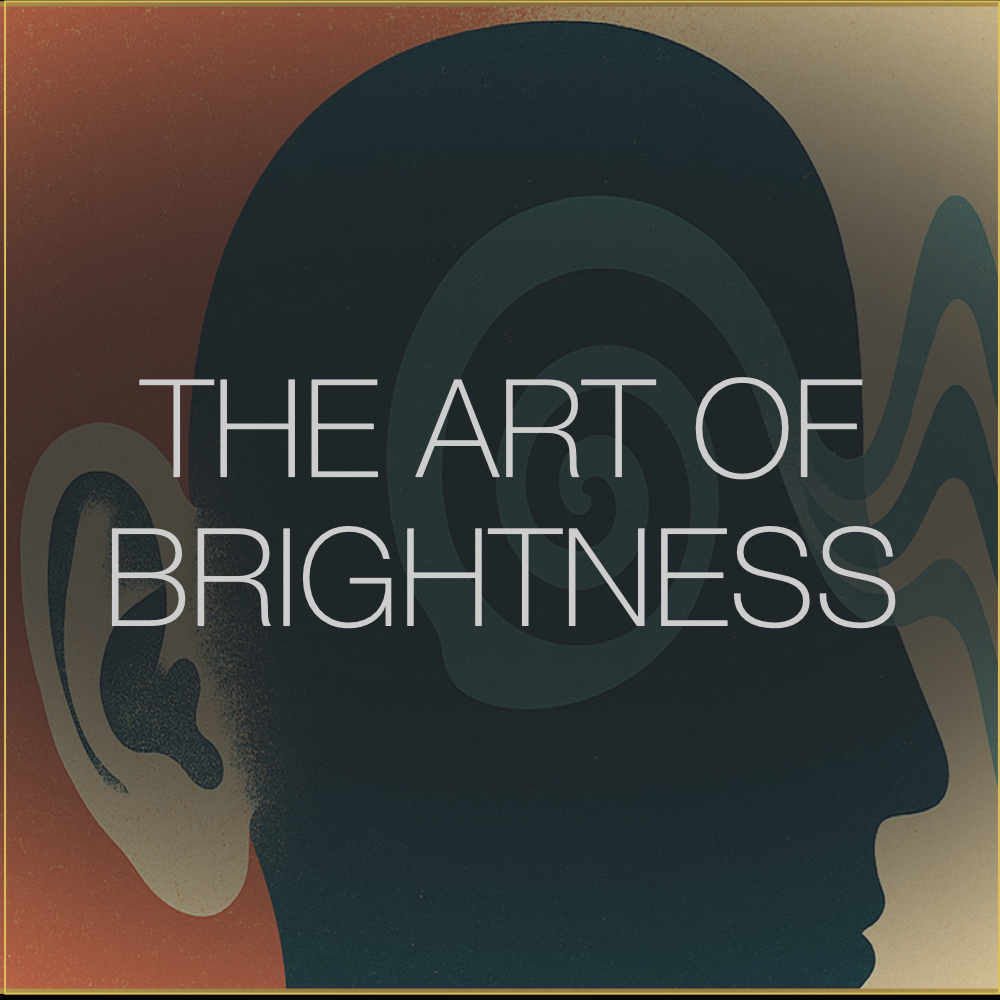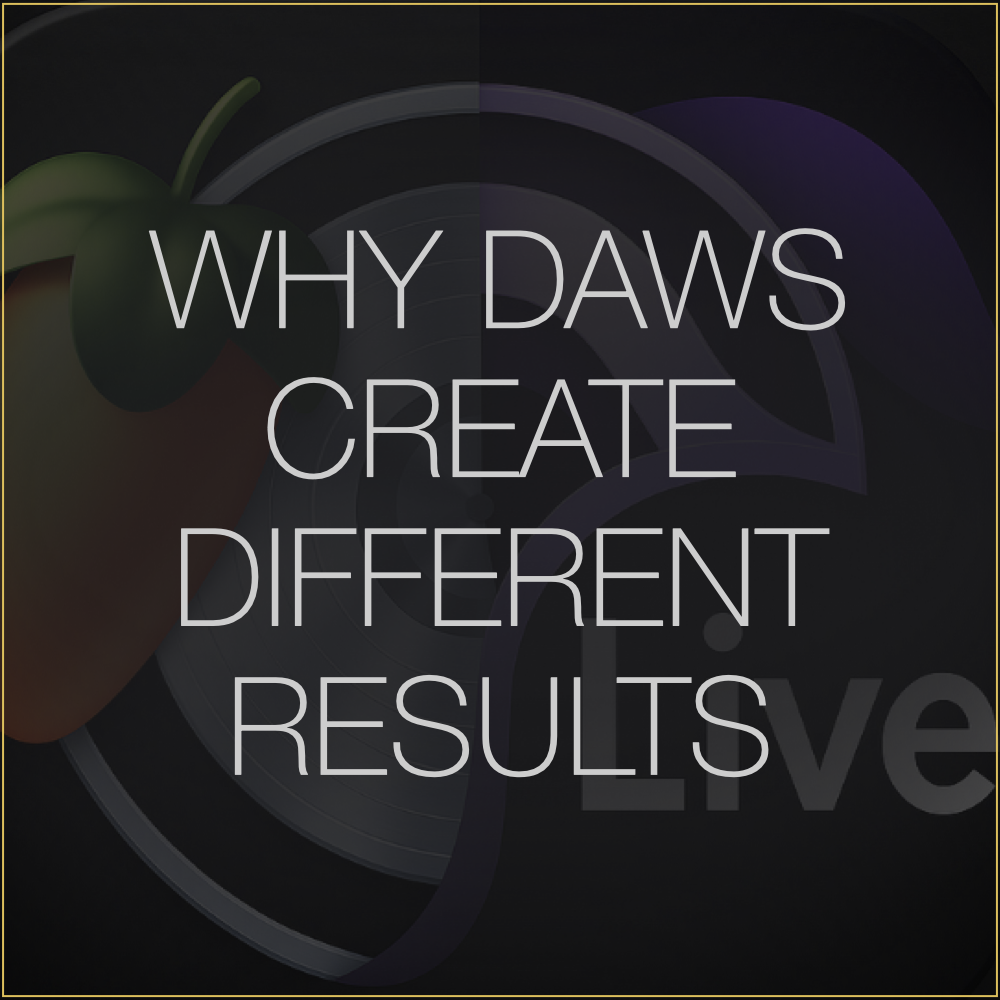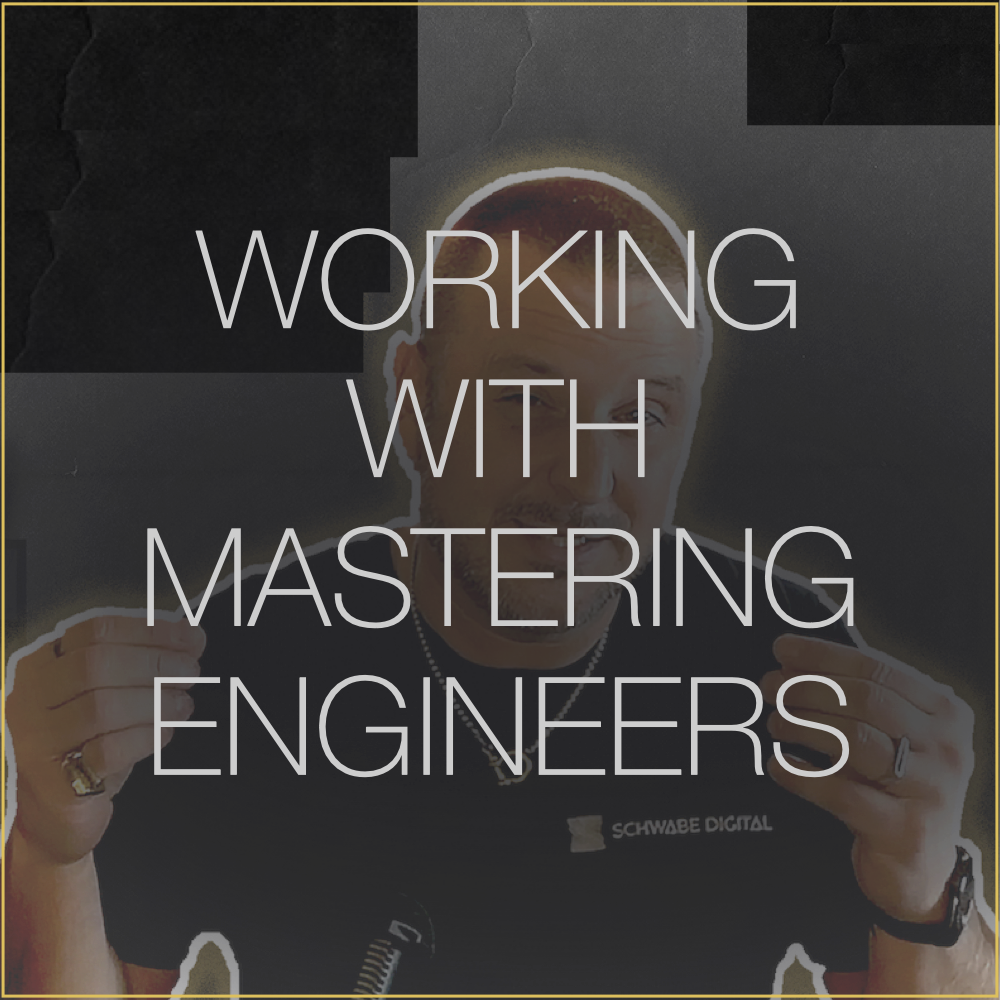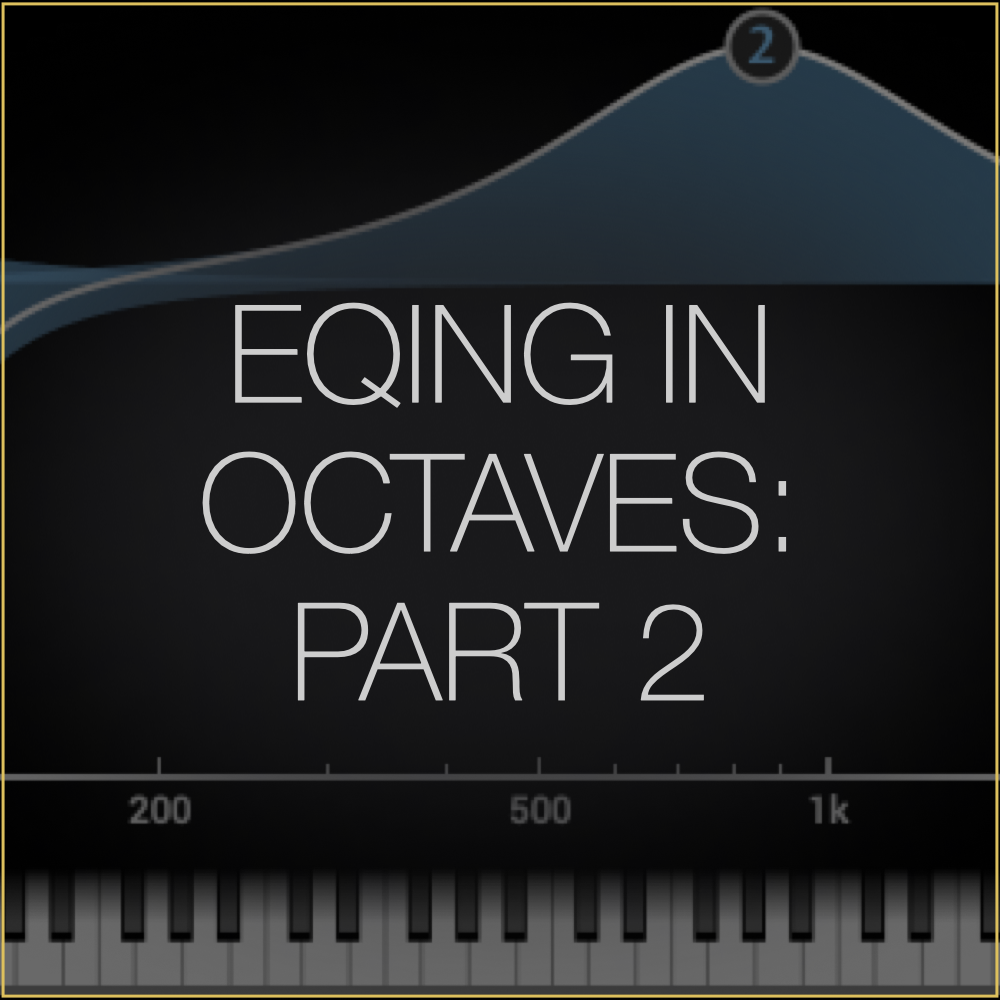Why DAWs Create Different Results
You know that endless debate about whether different DAWs have a “sound”? The one where half the internet swears Logic sounds different from Pro Tools, while the other half rolls their eyes and screams “32-bit floating point math is math!”
Plot twist: They are both partially right. And both partially wrong.
The Invisible Hand That is Shaping Your Mix
Here’s something nobody talks about: your DAW isn’t just processing audio. It’s leading you down a specific decision path. Every interface choice, every default setting, every little quirk in the workflow is shaping your decisions whether you realize it or not.
This is where the idea of affordances comes in. It sounds academic, but it’s actually simple. In psychology, an affordance is the action something naturally invites you to take. The term comes from psychologist James Gibson in the 1970s, but you don’t need to be a psychologist to get it. It goes like this.
A chair invites sitting.
A door handle invites pulling.
A pan knob invites turning.
A fader invites sliding.
The object doesn’t tell you what to do, but its design makes one move feel more natural than the others. Affordances are about how design guides behavior.
Imagine you’re invited to a party at a hotel. You arrive and see ten closed hotel room doors, but one has a red balloon floating in front of it. No one told you which door to choose, but you’re going to that one. The visual cue made the choice for you.
That’s what affordances do. They shape your actions, even when you think you’re deciding freely. In DAWs, designers choose where to place the red balloon.
Your DAW has opinions about how you should make music
Logic can make you feel comfortable. Everything is supposed to feel, well, logical, even if some people would argue otherwise. It gives you tons of instruments and plugins with endless parameters, which often invites you to surf presets instead of build sounds from scratch. The design nudges you toward what some might consider predictable results. That doesn’t mean it’s the only sound you can make in Logic, but its default state may push a beginner in that direction.
Pro Tools thinks like a mixer. Routing, bussing, VCAs, and trim automation allow you to precisely sculpt mixes. It’s not the most creatively inspiring DAW, but it’s design is pulling you toward technical perfection.
FL Studio wants you to be a menace. Everything has gain that allows you to clip and blow things out. It inspires you to get loud, creative, messy, and unhinged.
Ableton treats sound like Play-Doh. Warp everything. Resample everything. Break everything. Then break it again. It’s a wild and exciting canvas of sound manipulation.
Each DAW’s layout encourages certain actions. It doesn’t just let you create. It influences how you create by making some choices feel more natural than others. That’s partly why DAWs can sound different in use, even when the math under the hood is the same.
Similar Math, Different Results
So yeah, maybe two DAWs have similar math, but that doesn’t mean you’ll end up with the same sound. Because the way you get there is totally different. The DAW’s design pulls you down a specific decision path. Sometimes without you even realizing it.
Here’s the wild part. Your perception of sound doesn’t come from your ears alone. Your brain blends it with visual input. And sometimes, your visual perception wins.
Have you heard of the McGurk Effect? If not, watch this video. It shows how your eyes can override your ears.
What you see can trick you into hearing something that isn’t there at all. The same thing happens in a DAW. Meters, colors, waveforms, visual displays and layouts all shape how you think something sounds. They also shape how you respond to sound as a creator. Even when the math is identical.
Have questions? Comment below, and we’ll get back to you. You can also tag us on instagram—we’re always happy to connect!
Be well,
Ryan Schwabe
Grammy-nominated and multi-platinum mixing & mastering engineer
Founder of Schwabe Digital




